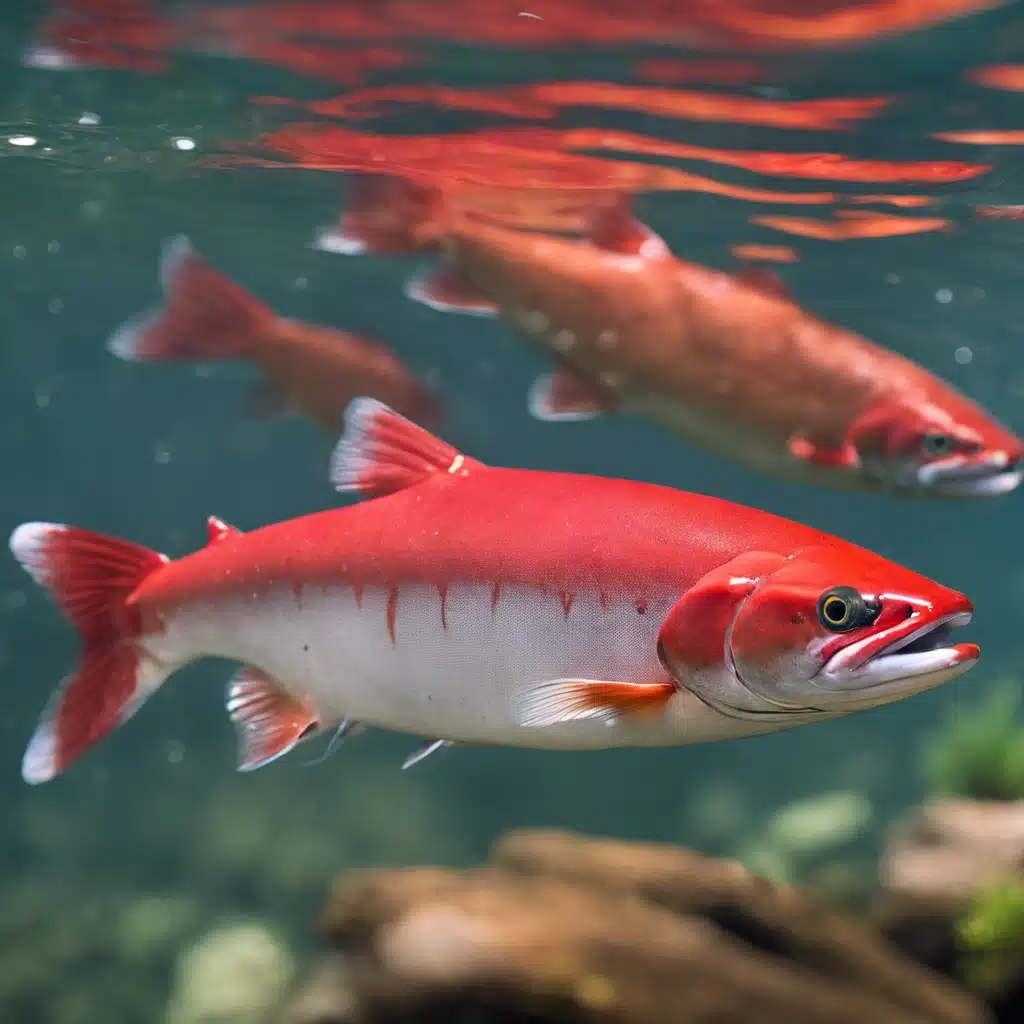Kokanee Salmon Fishing Lures
Kokanee Salmon: Landlocked Salmon that require finesse, Kokanee are caught trolling with small lures or jigs. They’re sensitive to noise, so approach quietly.
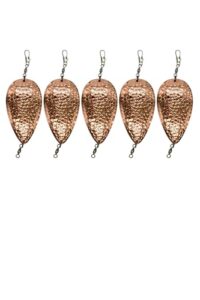
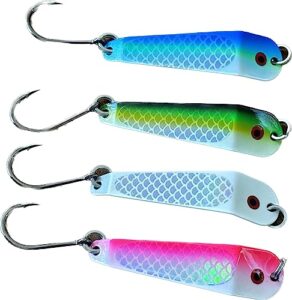
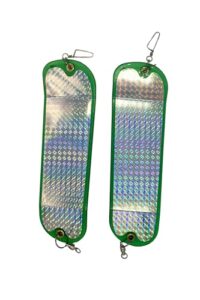
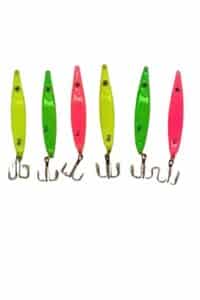
Review: KOKOPROS Kokanee Vertical Jigs for Salmon and Trout
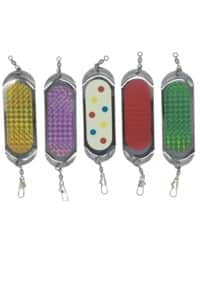
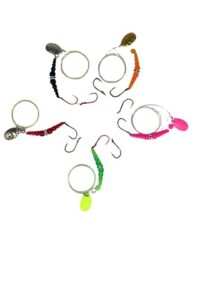
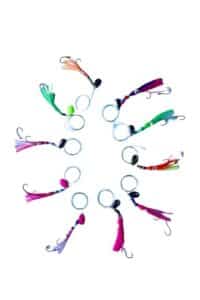
Kokanee Fishing Hoochies: A 10-Pack Review for Anglers
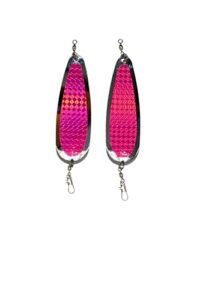
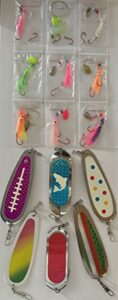
Common Lures for Kokanee Salmon fish
Kokanee Salmon, a freshwater species of sockeye salmon found in many cold-water lakes and reservoirs, are primarily plankton feeders but can be caught with a variety of lures that mimic their secondary food sources like small aquatic insects, shrimp, and other invertebrates. Here are common lures used to catch Kokanee Salmon:
Small Spoons: Lightweight, flashy spoons are effective for Kokanee Salmon, especially those in bright colors like pink, orange, green, or chartreuse. The action of a spoon mimics small fish or other prey, attracting Kokanee’s attention.
Spinners: Small spinners with bright, reflective blades can entice Kokanee Salmon, especially when trolled slowly. Adding a piece of corn or scented bait to the hook can increase its attractiveness.
Hoochies/Squid Skirts: Soft, squid-like lures (often called hoochies) rigged behind a dodger or flasher are a popular choice for Kokanee. They can be in bright or UV-reactive colors to catch the fish’s eye in deeper, darker water.
Dodgers and Flashers: While not lures themselves, dodgers and flashers are used in tandem with lures like hoochies or small spoons to create additional flash and movement, simulating a school of fish and drawing Kokanee in to strike.
Plugs: Small, minnow-like plugs can be effective, especially when trolled. The wobbling action of a plug mimics a wounded baitfish, a tempting meal for a Kokanee.
Wedding Rings: These are small lures that typically consist of a spinner blade followed by a series of beads, with a hook at the end often baited with corn or maggots. The visual appeal and added scent can be very effective for Kokanee.
When fishing for Kokanee Salmon, it’s important to remember that they have soft mouths, so using lighter tackle and a gentle touch when setting the hook and reeling them in can help prevent the fish from being lost. Additionally, Kokanee are often found in schools, so once you locate one, there are likely more in the immediate area. Trolling at different depths with downriggers or lead-core lines can help locate where the Kokanee are actively feeding.

